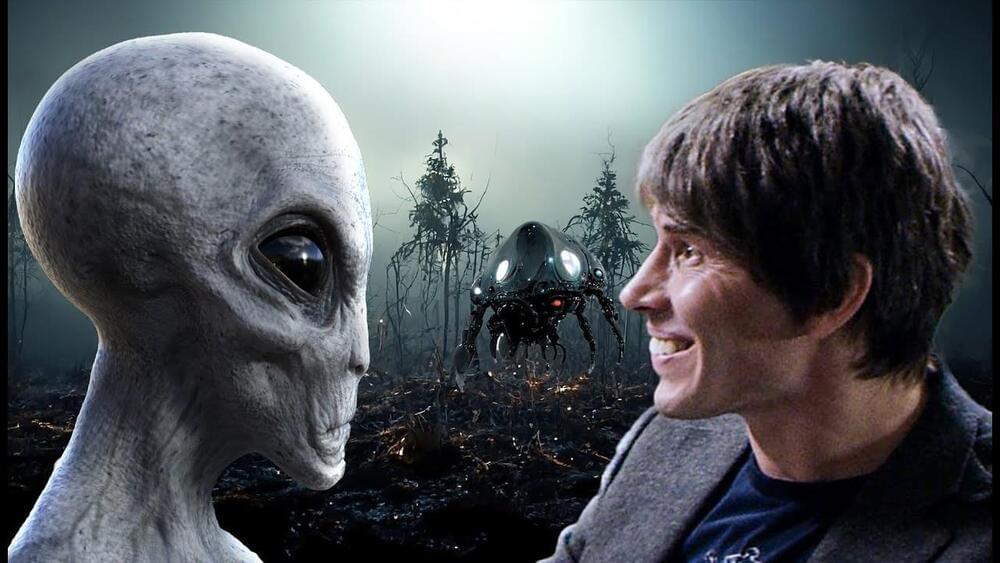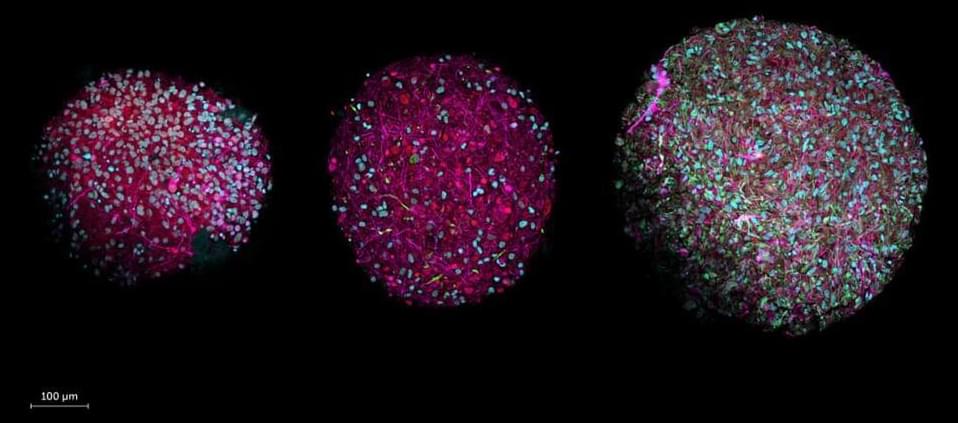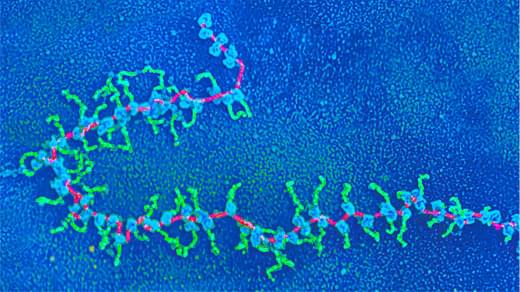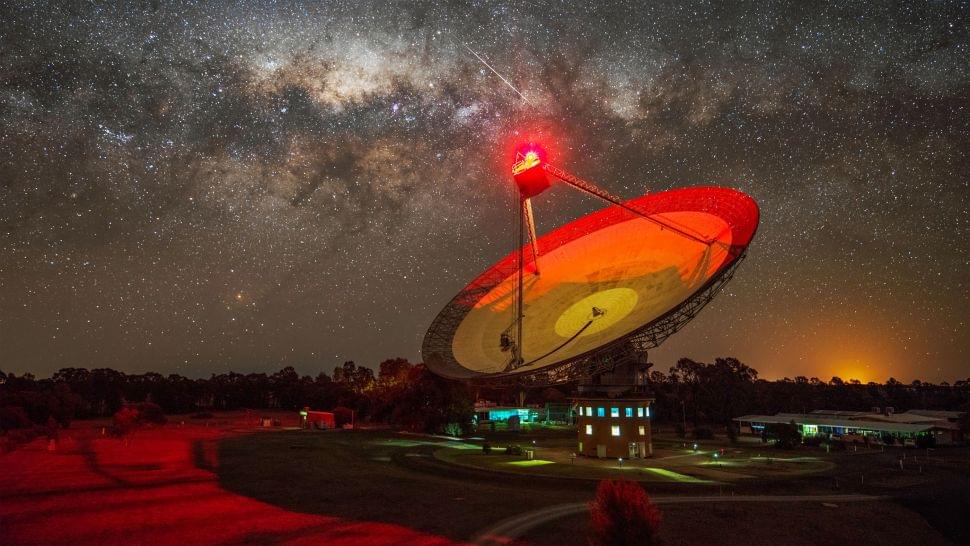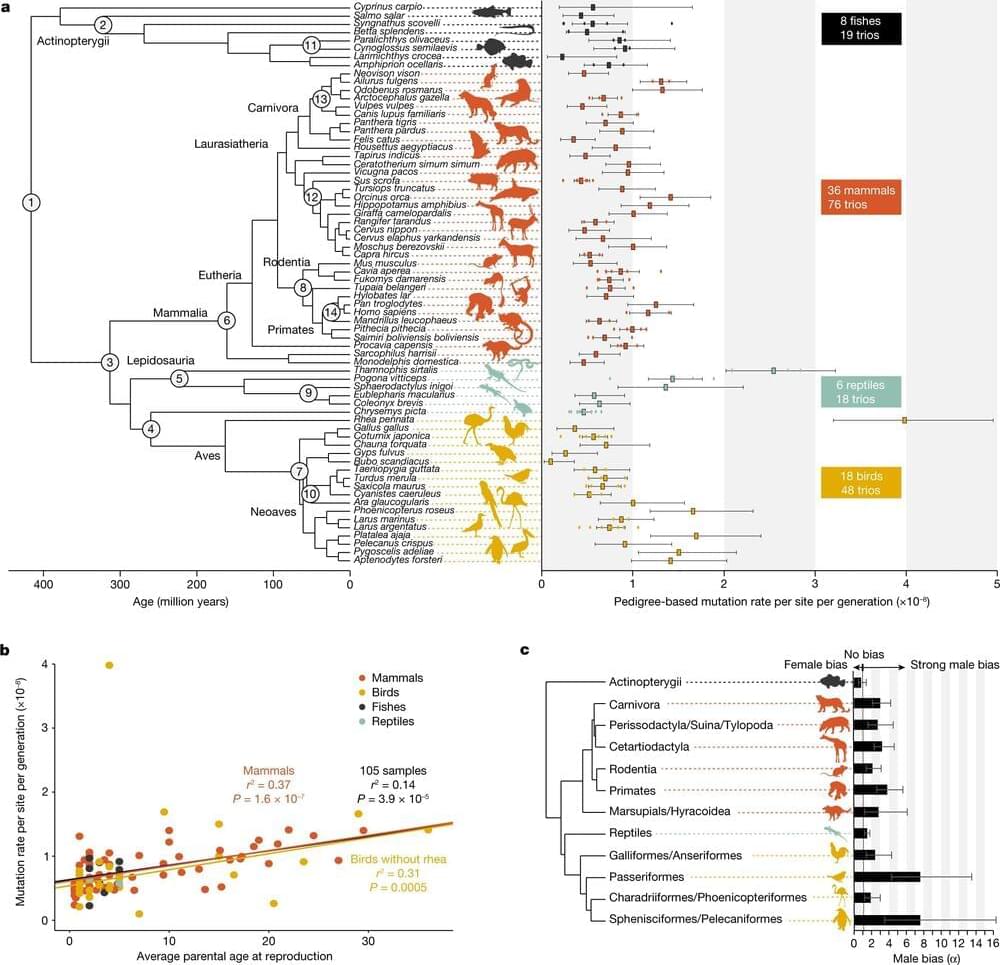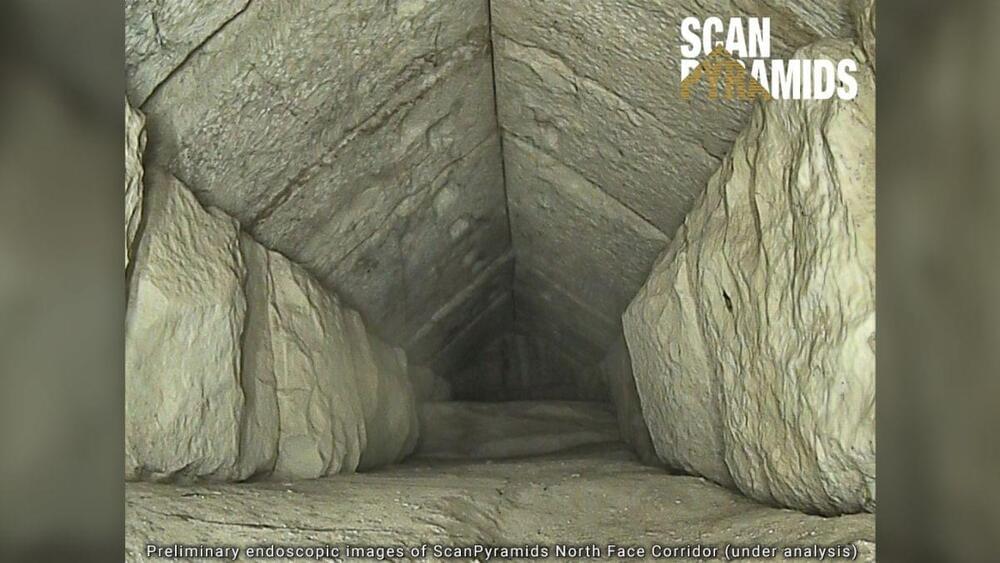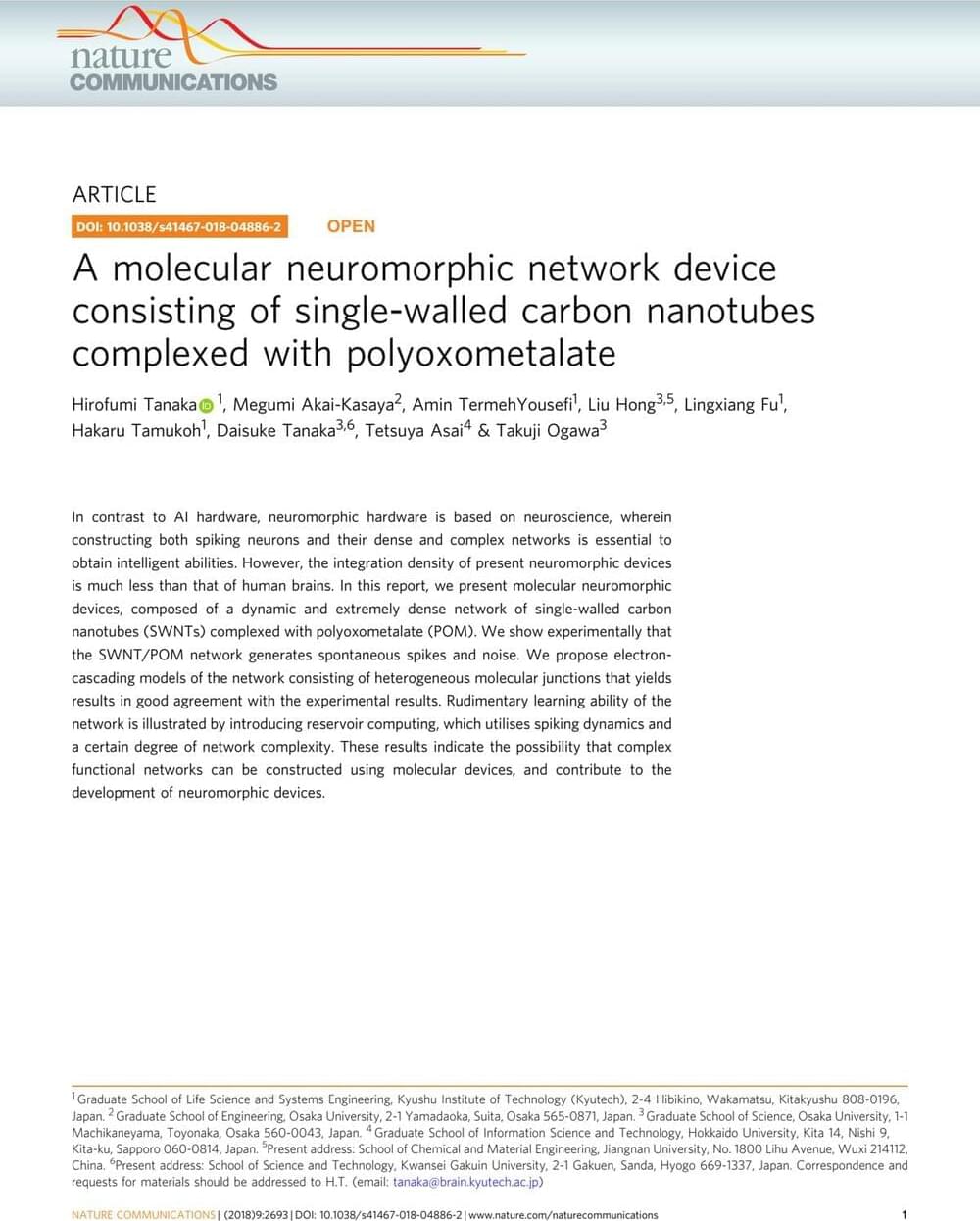Mar 5, 2023
Computer Helps Prove Long-Sought Fluid Equation Singularity
Posted by Quinn Sena in categories: computing, information science, mathematics, singularity
Year 2022 face_with_colon_three
For more than 250 years, mathematicians have wondered if the Euler equations might sometimes fail to describe a fluid’s flow. A new computer-assisted proof marks a major breakthrough in that quest.

